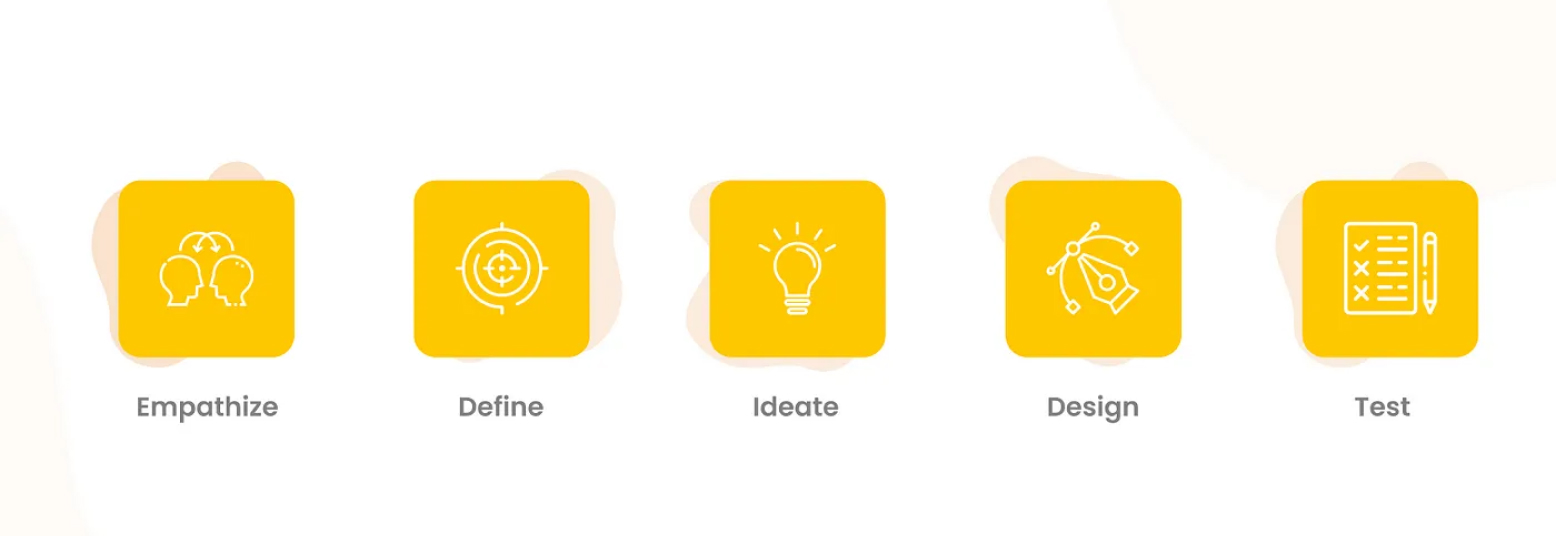
The banking industry is undergoing a profound transformation driven by technological advancements, changing consumer expectations, and evolving financial landscapes. As we look to the future, it's clear that traditional banking models are being reshaped by innovations that promise to make financial services more accessible, efficient, and customer-centric. This blog explores the key trends shaping the future of banking and what they mean for consumers and financial institutions alike.

Key Points on the Future of Banking
-
Digital-First Banking: The rise of digital-only banks and neobanks is transforming traditional banking by offering seamless online experiences, lower fees, and faster transactions without the need for physical branches.
-
Blockchain and Cryptocurrencies: Blockchain technology promises increased security and transparency in financial transactions, while cryptocurrencies are gaining acceptance, potentially reshaping how banks handle digital assets and payments.
-
Personalized Banking Experiences: Data analytics and AI are enabling banks to provide tailored financial advice and customized product offerings, enhancing customer satisfaction and engagement through personalized experiences.
-
Sustainability and Ethical Banking: Banks are focusing on green banking initiatives and ethical lending practices to align with growing consumer demand for environmentally and socially responsible financial services.
-
Fintech Partnerships: Collaboration between traditional banks and fintech companies is fostering innovation, integrating cutting-edge technologies and services to enhance product offerings and improve customer experiences.

Artificial Intelligence and Automation
Artificial Intelligence (AI) and automation are revolutionizing the banking sector by enhancing efficiency and personalizing customer experiences. AI-driven chatbots and virtual assistants are handling routine inquiries and transactions, providing 24/7 support while reducing operational costs. Robotic Process Automation (RPA) is streamlining back-office functions, such as compliance and fraud detection, allowing banks to focus on higher-value activities. These technologies not only improve service speed and accuracy but also enable more tailored financial advice and solutions for customers.
The Rise of Fintech Partnerships
The future of banking will also be shaped by the growing collaboration between banks and fintech companies. These partnerships enable traditional banks to integrate innovative technologies and services offered by fintechs, such as digital wallets, peer-to-peer lending platforms, and investment apps. By working together, banks can enhance their product offerings, improve customer experiences, and stay competitive in a rapidly evolving market.


Conclusion
The future of banking is set to be marked by significant changes driven by technological advancements and shifting consumer expectations. From digital-first solutions and AI-driven automation to blockchain technology and personalized experiences, the banking industry is evolving to meet the demands of a modern, tech-savvy world. As these trends continue to unfold, both consumers and financial institutions must adapt to the new realities of banking, embracing innovation and prioritizing customer-centric approaches to thrive in this dynamic landscape.
Read more

Ishu Sangani
Next-generation UX design leverages advancements in artificial intelligence, voice recognition, and natural language processing to break down barriers between users and technology.

Nikunj Chauhan
A UX design audit is a comprehensive evaluation of a digital product's user experience, aimed at identifying areas of improvement and enhancing overall usability. This process involves a thorough analysis of the product’s design elements, user interactions, and feedback to uncover potential pain points and opportunities for optimization.

Vijay Parmar
In the realm of user experience (UX) design, there's a powerful concept that often gets overlooked: emotional design. Emotional design goes beyond aesthetics and usability, aiming to create products that evoke emotional responses and forge deep connections with users.


